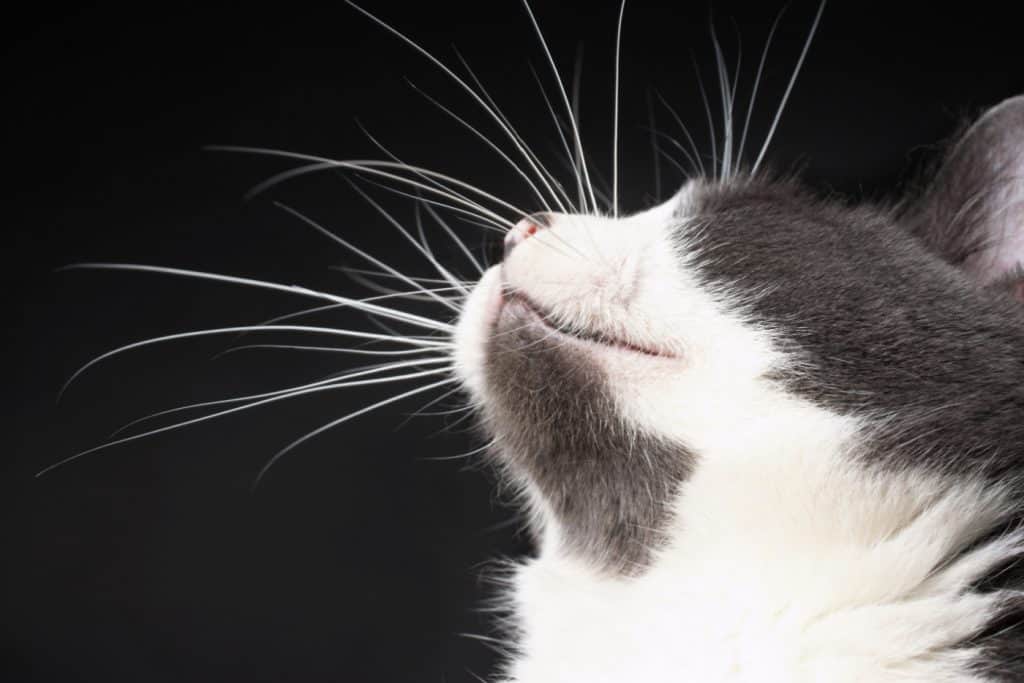Whiskers: a feline feature as enigmatic as it is essential. Elegant and expressive, these tactile hairs play a critical role in our cats' lives, acting as their personal GPS and measuring tool.
From gauging the size of openings to detecting changes in air currents, a cat's whiskers help them navigate even in the darkest of nights.
But what happens when one of these indispensable sensory tools falls out?
Shedding Light on Whisker Shedding
It's a common and disconcerting experience for many cat parents. You're enjoying a purr-filled petting session when suddenly, you spot a lone whisker lying on the floor. Is this a cause for alarm?
Before panic sets in, it's important to note that just like human hair, whiskers do shed occasionally.
This natural process allows for new, healthy whiskers to grow. So, finding a whisker or two around the house isn't an immediate red flag.
When Whisker Loss Becomes a Concern
However, if you notice that your feline friend is missing multiple whiskers or their whiskers appear damaged or broken, it's time to consult with your vet.
Allergies, acne, and bacterial infections can cause whisker loss in cats, leading to discomfort and disorientation.
Whiskers: More Than Just a Cute Quirk
Remember, your cat's whiskers are more than just a cute quirk; they're a key sensory tool.
Without their whiskers, cats can lose their ability to navigate their world effectively. So, what can you do to maintain your cat's whisker health?

Maintaining Your Cat's Whisker Health
Firstly, avoid the temptation to "tidy up" their facial hair by cutting or trimming their whiskers.
This can interfere with their ability to navigate and sense their surroundings. Let nature take its course and allow your cat's whiskers to grow and shed as needed.
Secondly, keep an eye out for any changes in their whiskers' appearance or quantity.
Regularly checking their whiskers can help you catch any potential issues early on.
If you spot anything unusual, such as broken, damaged, or missing whiskers, consult with your vet immediately.
Consulting Your Vet
They may recommend changes in diet, grooming habits, or medical treatments to help keep your cat's whiskers in tip-top shape.
By watching their whiskers and addressing any issues, you'll be helping your cat live a comfortable, happy life.
Becoming a Whisker Wise Cat Parent
Now you're equipped with the knowledge to face whisker woes head-on.
Stay curious, cat lovers, and remember: each whisker is a testament to your cat's unique connection with the world around them.
Want to dive deeper into the world of cat whiskers? Check out our article: How Many Whiskers a Cat Has.
Stay whisker-wise!
You might also like: This Cat’s Whiskers Are So Long, They’ve Got The Whole Internet Talking!
11 Whisker Wonders: Unveiling the Hidden Powers of Your Cat’s Bristles
Some elements on this page may have been created by our team using advanced AI to provide you with top-notch cat inspired ideas. Read more about our AI Content Policy.
